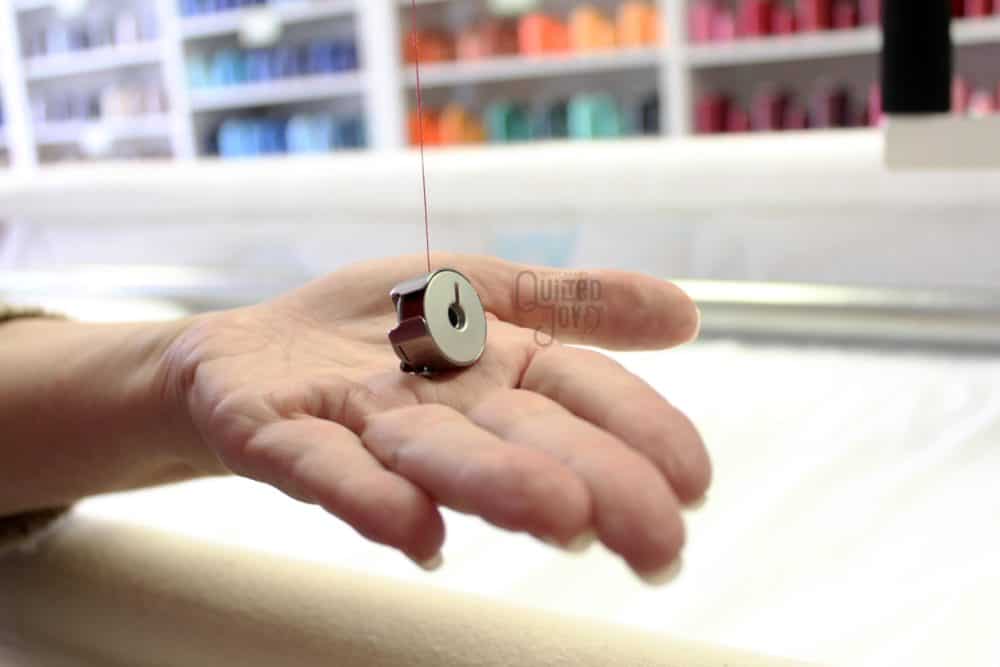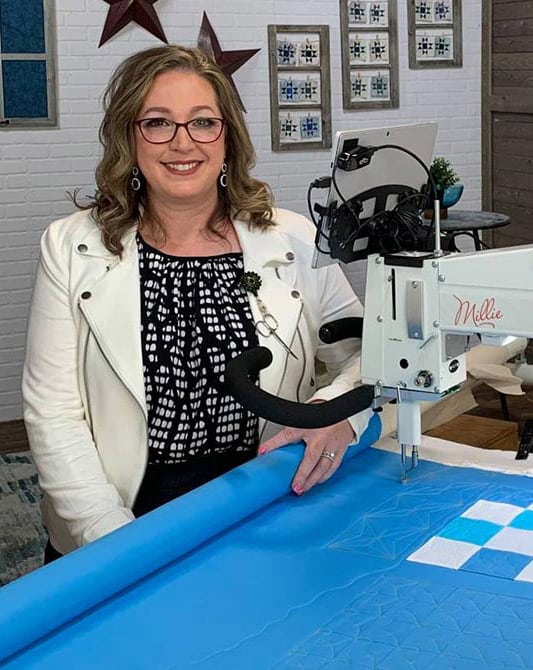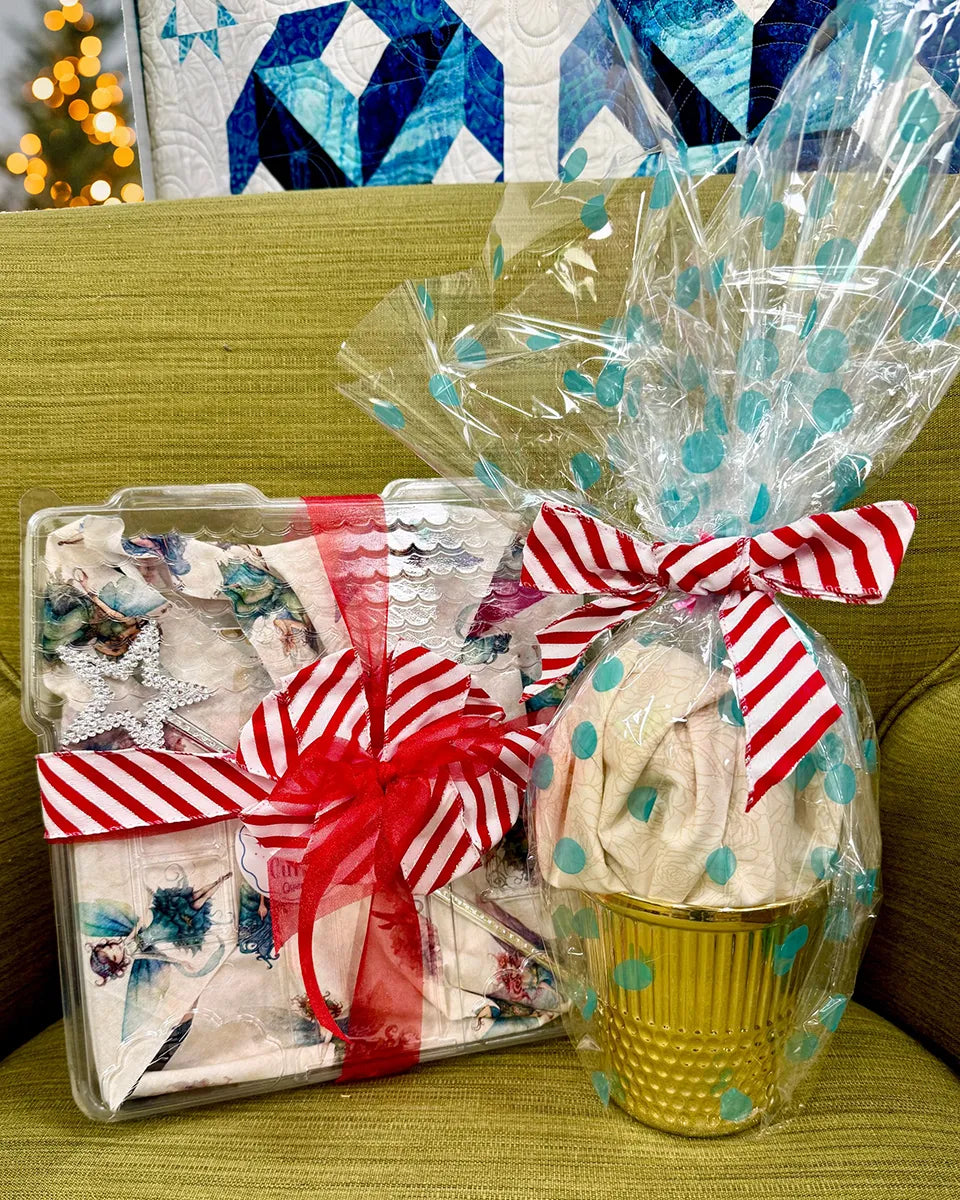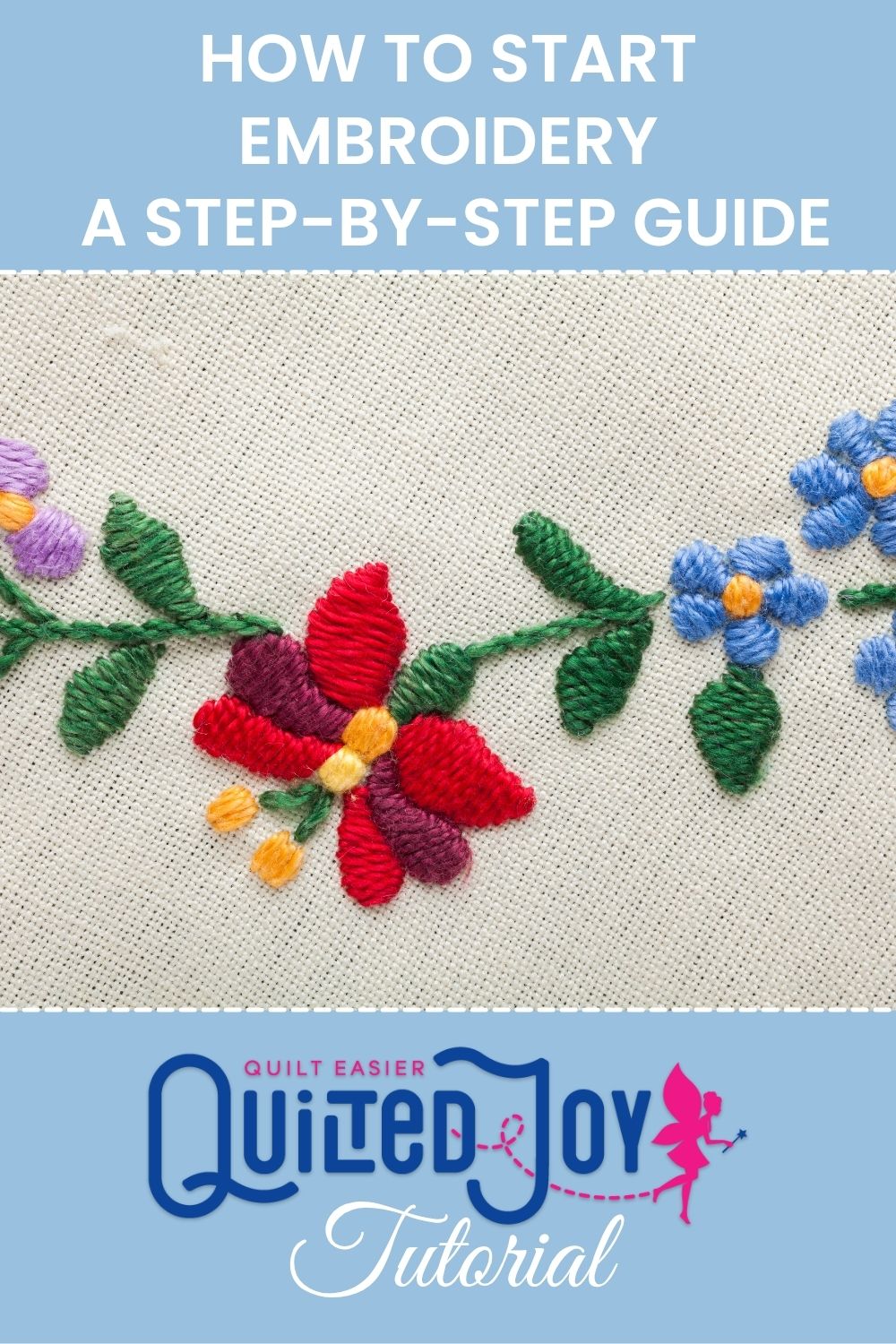How To Set Tension On A Longarm Quilting Machine

Tension. The Secret Recipe.👩🍳
Have you ever watched one of those cooking shows and discovered a delicious looking recipe that looked easy on television but when attempted in your own kitchen the results are terrible? Setting tension on a longarm machine can feel a lot like that. It can look so easy in a class or video but may feel nearly impossible to perfect! Good tension is found when the top and bobbin threads meet in the batting layer of your quilt instead of being pulled to the top side or the bottom side of your quilt sandwich.
It seems that there is a secret recipe for good tension that is made up of a wide variety of ingredients. Do not worry, though, the key to setting good tension is to actively seek out bad tension first. Does that sound a little counter-intuitive? Take a look at the ingredients for good tension.

Select A Cone of Yummy Thread.
Balance your thread weights between the top and bobbin so they are working to your advantage. Minimize any small inconsistencies with tension by matching your top and bobbin thread colors. Select a heavier thread for the top and a thinner thread for the bobbin. Typically I like to stitch with a 40-weight poly in the top and a 60-weight poly thread in the bobbin.
A heavier top thread will overpower the bobbin so it is easier for the little bobbin thread to peep up to the top side of the quilt revealing the point where the two threads shake hands. This poor tension balance is the first step to good tension.

Once poor tension can be seen on the quilt’s topside, loosen the top tension by turning the tension dial to the left to drop the bobbin thread down into the batting layer for optimal tension.
When placing the thread on your machine, keep in mind that the goal is to have the thread exit off the core without adding twist. Thread can be wound either stacked (typically found on spools of thread) or cross wound (typically found on cones of thread). If your thread is cross wound, place it on the rear spool holder. If your thread is stack wound, you may need to purchase a spool adapter to mount it on your machine so as to not add twist to the fibers.
Layer On Luscious Batting.
The batting is used to mask where the bobbin thread and top thread meet to make a stitch. Thin battings offer no place for the threads to hide and it will be harder to find an acceptable tension setting. Have you ever looked at your batting and found that you can see the impressions of your fingertips? That is the number one sign of a batting that will be too fragile to use on a longarm frame. Your fingertip impressions have left thin spots and thick spots in the batting that will force your tension to change in those thin spots and thick spots. Buy good quality batting with a bit of a loft that has consistent thickness to hide the stitch and choose one that will put up with handling.
Mix In One New Needle.
Choose a needle with an eye that was meant to accommodate the size of thread you are running. If you use a large needle with a very skinny thread, for example, a 20 gauge with a 100 weight silk thread, you may think you have bad tension but are being fooled by your eye. A large needle creates a crater in your quilt. If that massive hole is filled with a whisper of a thread, you will be able to see where the two threads meet. Technically the tension might be perfect but because you can see so far into the hole your needle made, the eye is fooled into believing that the tension is poor. Drag your fingernail over the stitching line and you should be able to feel your nail catch on poor tension but it will glide over good tension.

Prepare Your Work Surface.
Do not over tighten your quilt sandwich as you will restrict the movement of the needle. That poor little piece of metal must bend and flex as the quilting machine is moved in 360 degrees at high rates of speed. Restricting the movement of the needle can cause tension problems called “Flat-lining” and “railroad tracks”. Loosen your quilt sandwich until you can see the machine moving under your fabric to give the needle every chance it needs to bend and flex for the best possible tension.

Add In a Great Quilting Machine.
Tension is also influenced by the mechanics of your quilting machine. Because of the counterclockwise rotation of the hook best tension will always be found when moving the machine to the right and towards the front of the table when standing on the needle side. While you are moving your machine in all directions, the hook never changes directions. This means that when you are moving the machine to the left and towards the back of your table, it is similar to sewing in reverse on your sit down domestic machine. This movement isn’t ideal and because it is awkward for your machine it is the most desirable direction to use when setting tension. If the tension is good in that direction, the other directions will take care of themselves.
Blend In Good Bobbin Tension.

To find good bobbin tension, we need to talk about spiders. :) Hold the thread tail of your bobbin up take a look at your bobbin case as gravity moves it down your thread. It should look like a lazy spider. NOT an excited, poisonous spider... a lazy spider. :) If your bobbin zings down the thread like an excited spider you need to tighten your bobbin case tension screw (righty-tighty). If your bobbin just hangs there like a stuck spider then you need to slightly loosen your bobbin tension screw (lefty-loosey). Adjust that little bobbin screw until you get a lazy spider moving down the thread. When you adjust that screw it is a small change. Think of the screw like the face of a clock. You'll only be moving it in about a 5 minute increment.

Some folks like to use a bobbin tension gauge. Remember that the bobbin tension screw responds to small changes unlike your top thread tension knob, which typically needs to be turned much farther to see a change.
Combine With The Optimal Thread Path.
Consider changing the top thread’s path in your machine. Some finicky threads will benefit from having a thread sock and some will benefit from going through the thread guides in a different manner than is usual.
Be sure the thread is actually going through your tension mechanism and not just riding on the top of it.

There are many ingredients that influence the secret recipe for tension. Experimentation is required to feel confidence running a wide variety of threads that will expand your artistic horizons. The key is to create bad tension towards the quilt’s top first and then loosen up the top thread’s tension in order to find the optimal tension for your project.
In a Nutshell.
Place your bobbin into the bobbin case and adjust the tension as described. (Look for your lazy spider) 🕷️
Load your top thread on your machine with a new needle of appropriate size. Adjust the tightness of your quilt sandwich so it isn't overly tight.
Bring your bobbin thread to the top and pull both threads to ensure both are pulling smoothly. If they aren't it is a sign that when you put the bobbin case in your machine you likely got it hung up on something so it needs to be reseated.
Working off to the side of your quilt sandwich on some scrap fabric, make zig-zag lines of stitching that are moving away from you and towards the rear left corner of the table when working from the needle side of the machine.

Pay attention to the points and tighten your top tension by turning the tension knob to the right until you can see the bobbin thread peeping its head up to the top side of your quilt sandwich.
Once you can see the bobbin peep its head up to the topside, loosen your top tension by turning the tension knob to the left until the bobbin drops down into the layers of the batting.
Double check your tension by making circles and loops to ensure the tension is set for 360 degrees of movement.

Once you feel confident about your tension setting, examine the backside of the quilt sandwich or run your fingernail along the line of stitching. Bad tension will feel as if you were dragging your fingernail down a spiral notebook’s wire coil. Finally, scratch the top thread and make sure it doesn't bubble up. If you can bubble the top thread you will need to tighten up the top thread's tension.
Did you know we have an entire learning center set up for you here on the Quilted Joy website! Dive in and find a topic you want to learn more about! And, be sure to check out our Quilted Joy Clubhouse meetings that are live-streamed each month on Facebook and Youtube. We cover so many great topics in the Clubhouse.

I’m Angela- Co-host of the Fons & Porter’s Love of Quilting PBS show. APQS Long arm Dealer and Educator. Triplet Momma. Designer. Thread Bimbo.








































Leave a Reply